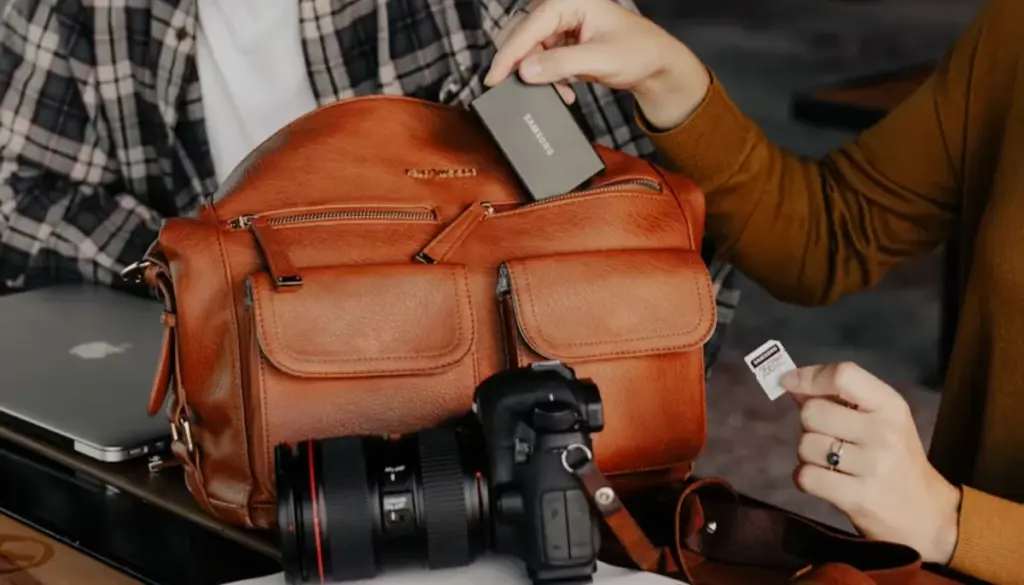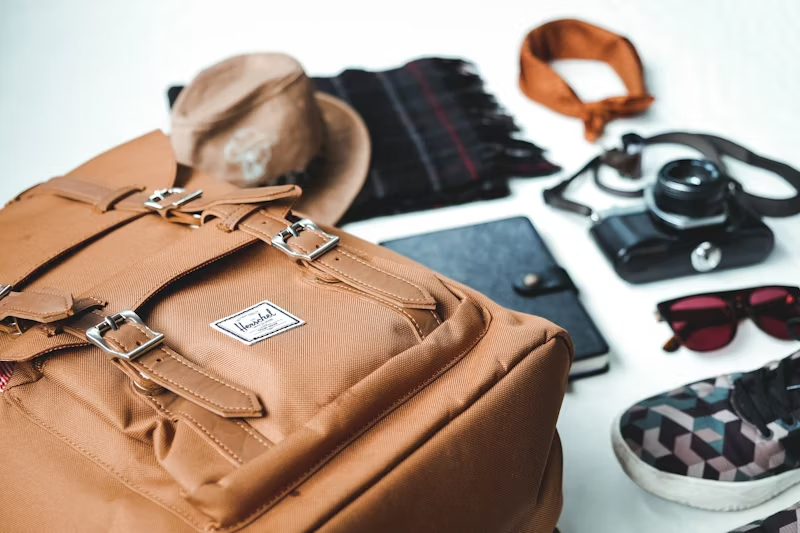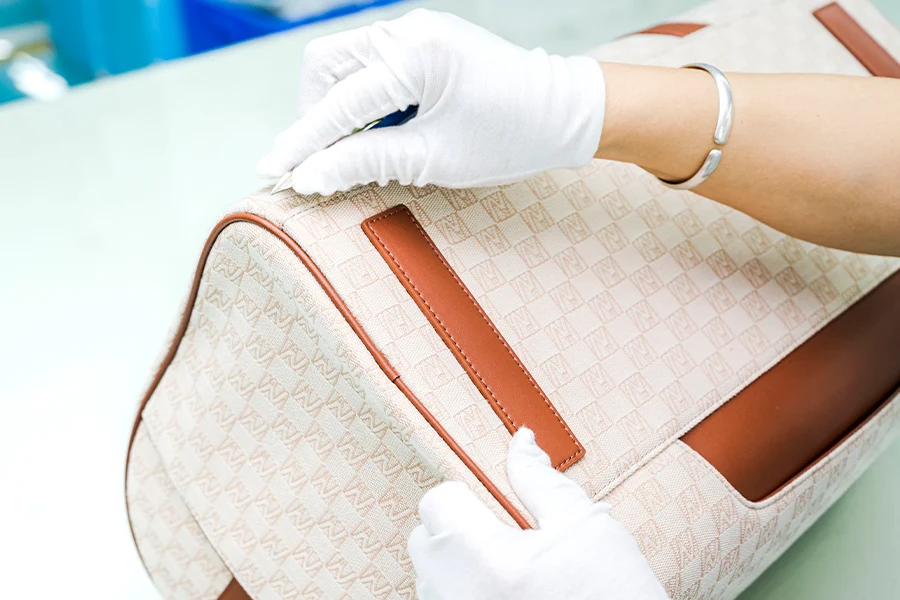In the world of synthetic leather alternatives, PU leather and microfiber leather are two of the most common options—often used in fashion, furniture, automotive interiors, and accessories. But what exactly sets them apart? How do they compare with real leather? And which one is better for your needs?
This guide offers a complete comparison to help you make an informed decision.
| Feature | PU Leather | Microfiber Leather | Real Leather |
| Durability | Low to moderate | High | Very high |
| Feel & Comfort | Moderate | Soft and breathable | Natural, luxurious |
| Cost | Low | Moderate | High |
| Eco Impact | Moderate | Lower than PU | High (due to tanning) |
| Appearance | Often artificial | Very realistic | Unique and authentic |
| Aging & Patina | Peels and cracks | Ages slowly, no peeling | Develops rich patina |
| Common Use | Fashion, upholstery | Automotive, sports gear | Premium fashion, furniture |
What is PU Leather?
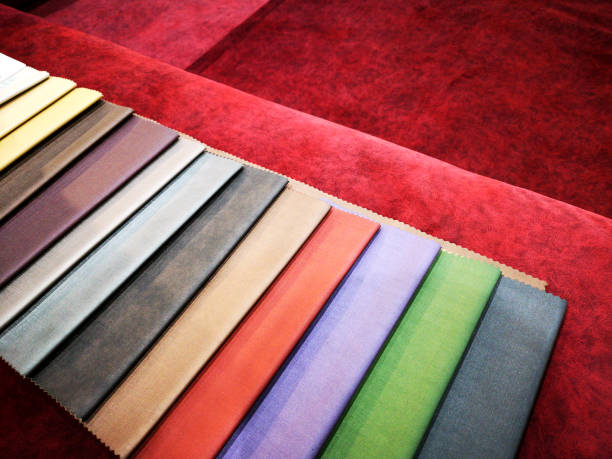
PU leather, short for polyurethane leather, is a type of artificial leather made by coating a fabric backing (usually polyester or cotton) with a layer of polyurethane. It’s a widely used PU clothing material, especially in fashion products where cost and versatility are top priorities.
Composition and Structure
- PU leather typically consists of two layers: a base fabric and a polyurethane top layer.
- The polyurethane coating gives it a glossy or matte leather-like surface.
- The backing fabric determines its stretch, flexibility, and texture.
Common Uses
- Widely seen in jackets, handbags, belts, wallets, and furniture upholstery.
- Its affordability makes it attractive for mass-market fashion and accessories.
- Often used as a vegan alternative to animal leather, especially in fast fashion.
Appearance and Feel
- PU leather can closely mimic the look of genuine leather when embossed with grain textures.
- However, the surface often feels more plastic-like and lacks the richness of real leather.
- It usually doesn’t age gracefully—peeling and cracking are common over time.
Cost Advantage
- One of the biggest advantages is its low cost, both in production and retail pricing.
- Ideal for entry-level or seasonal products that don’t require long-term durability.
- Production is relatively simple and fast, contributing to its accessibility.
What is Microfiber Leather?
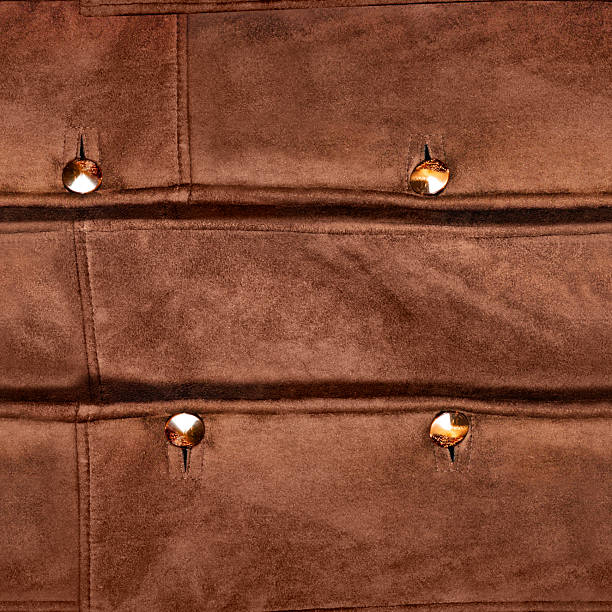
If you’re asking what is microfiber leather, it’s a high-performance synthetic leather made from ultra-fine fiber bundles and polyurethane resin. Structurally, it’s engineered to replicate the 3D cross-linking of collagen fibers found in real leather.
Advanced Fiber Technology
- Microfiber leather uses superfine synthetic fibers—usually less than 0.3 denier in diameter.
- These fibers are non-woven and entangled with a polyurethane binder, forming a dense structure.
- This construction gives it properties closer to real leather than traditional PU materials.
Superior Durability
- Offers excellent resistance to abrasion, tearing, and hydrolysis.
- The tight fiber structure means it’s less likely to peel, crack, or deform.
- Maintains its appearance and performance even with daily use over several years.
Comfort and Breathability
- Has a softer hand-feel compared to PU leather, making it suitable for high-end upholstery and wearables.
- Breathable enough for applications like car seats, shoes, or sports gloves.
- Maintains temperature balance better than PU leather in hot or cold environments.
Eco-Friendly Aspects
- Uses fewer harmful solvents than older PU methods, reducing environmental impact.
- Some manufacturers use water-based PU in microfiber leather production.
- It can also be made from recycled microfiber, adding another layer of sustainability.
Is Microfiber Leather Synthetic?

Yes, microfiber leather is synthetic, but it is not your average faux leather. It is considered the most advanced type of synthetic leather currently available and is widely regarded as the best leather alternative in terms of performance and aesthetics.
Not Made from Animal Hide
- Entirely man-made, using synthetic fibers and resins.
- No animal products are used in its composition, making it vegan-friendly.
- Often marketed as a cruelty-free and eco-conscious leather option.
Engineered for Performance
- Designed to exceed real leather in wear-resistance and longevity.
- Outperforms most PU leathers in lab-tested durability ratings.
- Frequently used in luxury car interiors, high-performance footwear, and aviation seating.
Appearance and Feel
- Closely resembles full-grain or top-grain leather in both visual and tactile properties.
- Some microfiber leather is even used as a substitute for suede.
- Feels soft yet firm, and ages more gracefully than PU leather.
Is It Truly Better?
- While microfiber is synthetic, its high-level performance blurs the line between artificial and natural materials.
- Many industries are shifting to microfiber as a long-term sustainable replacement for both PU and real leather.
- The only downside: its cost is higher than PU leather (though still less than genuine leather).
Polyurethane vs PU Leather
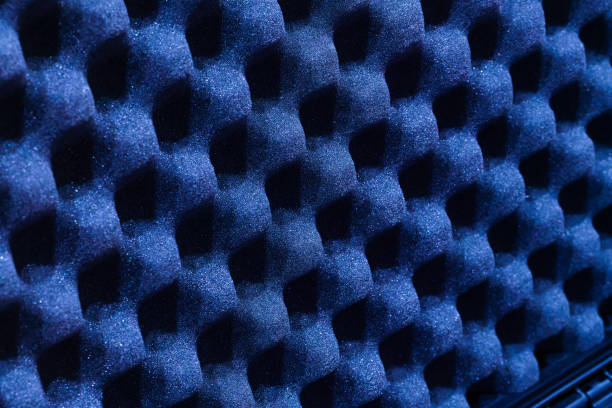
There’s often confusion between polyurethane as a material and PU leather as a finished product. Let’s clarify their differences.
Polyurethane as a Raw Material
- Polyurethane is a type of polymer used in everything from coatings to foam, adhesives, and clothing.
- It can be rigid or flexible depending on its formulation.
- In leather-making, it acts as the surface coating that mimics the grain and feel of animal hide.
PU Leather as a Finished Product
- PU leather refers to the complete artificial leather made using polyurethane coating on fabric.
- It includes both the base fabric and the PU top layer.
- Used widely in fashion and home goods as a low-cost leather alternative.
Polyurethane vs PU Leather Summary
- Polyurethane is the ingredient; PU leather is the product.
- Not all polyurethane becomes PU leather, but all PU leather uses polyurethane.
- In short: polyurethane = material, PU leather = application.
What Are the Disadvantages of Microfiber Leather?
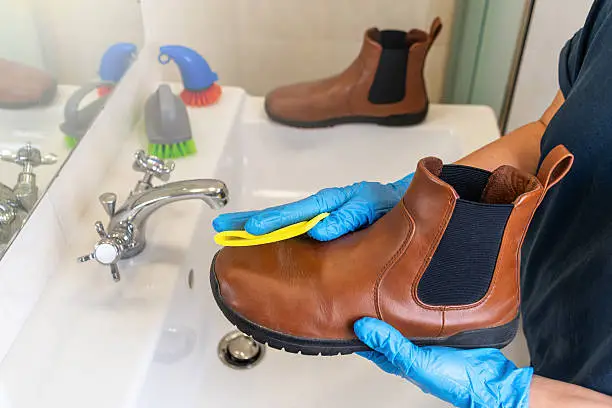
Despite its premium status, microfiber leather is not without its shortcomings.
Higher Manufacturing Cost
- Due to its more complex structure and production methods, microfiber leather is more expensive than PU leather.
- Not ideal for brands or projects with strict cost limits.
Limited Consumer Awareness
- Many consumers still associate “microfiber” with cleaning cloths rather than luxury leather alternatives.
- May require additional marketing or education to explain its value.
Not Biodegradable
- While more eco-friendly than traditional PU, microfiber leather is still petroleum-based and non-biodegradable.
- End-of-life recycling remains a challenge.
Not As Authentic As Real Leather
- While close in texture and appearance, it still lacks the organic scent and natural patina of real leather.
- Leather purists may still prefer genuine materials despite environmental drawbacks.
Final Thoughts
Choosing between PU leather, microfiber leather, and real leather depends on your specific needs, values, and budget. If cost is your primary concern, PU leather is an accessible and stylish solution. For premium quality and long-term performance, microfiber leather stands out as the top synthetic alternative. And if you want the timeless feel of authenticity—real leather still has its place.
As consumer awareness grows around sustainable and ethical choices, microfiber leather, despite being synthetic, offers an exciting balance between quality and responsibility.















